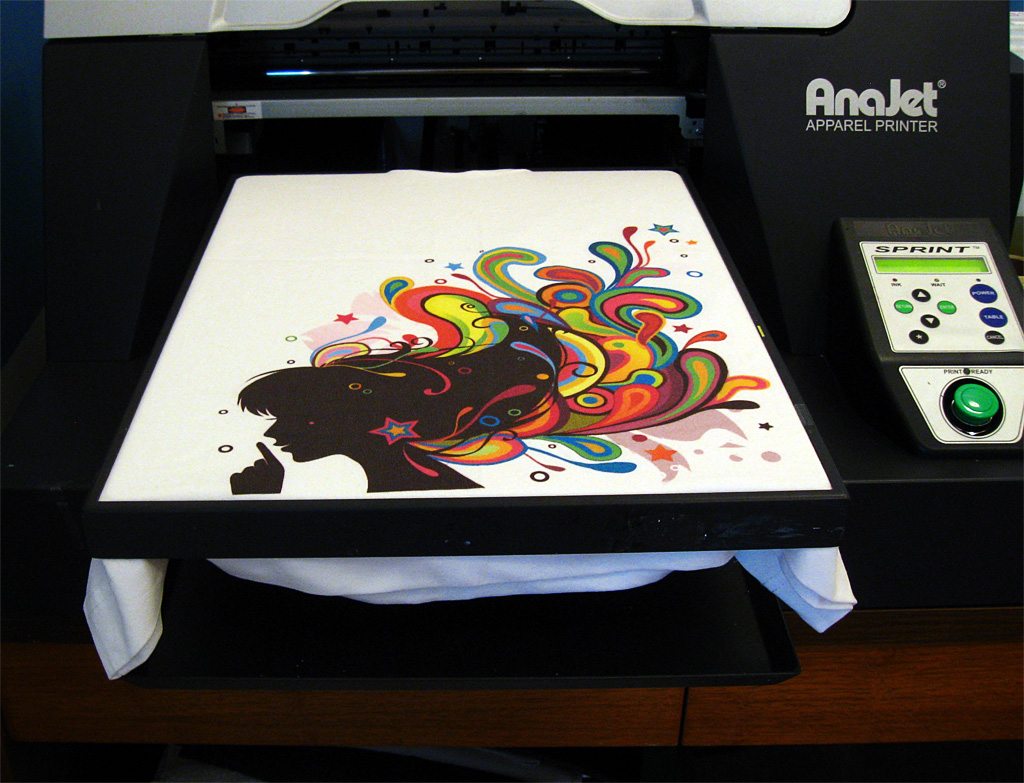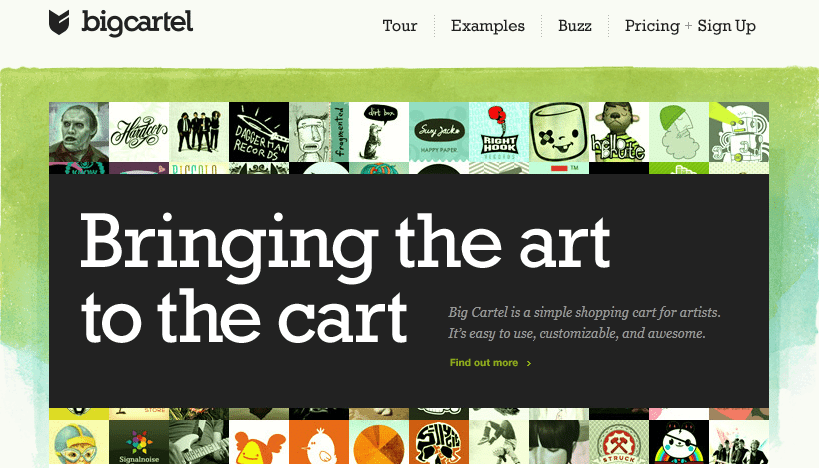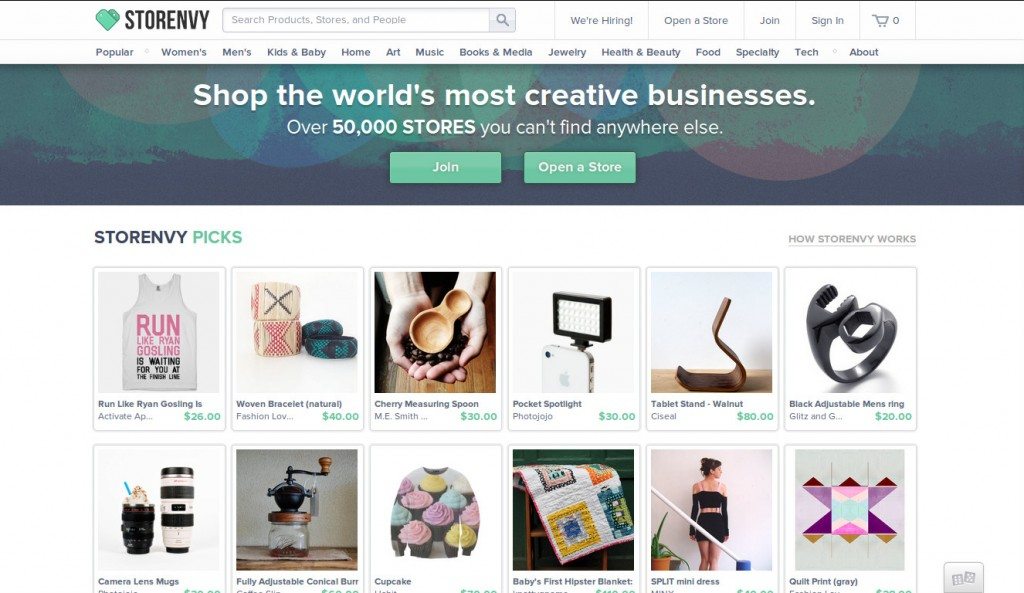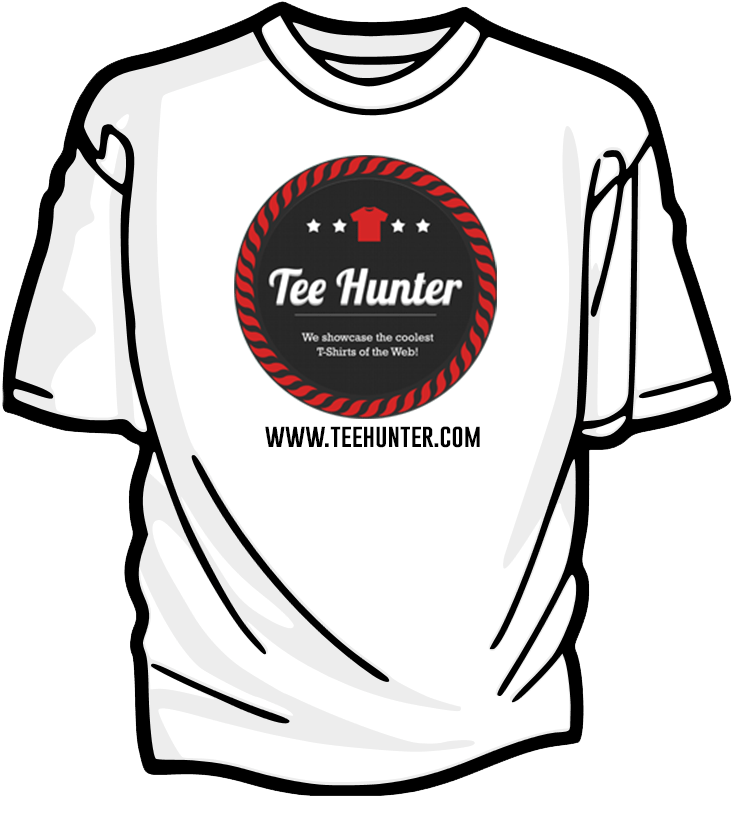Some people like to wear plain t-shirts while others enjoy wearing t-shirts with inspirational or funny messages or interesting designs, but one thing we all have in common – we LOVE t-shirts! And where there’s demand there should also be supply. That’s why more and more people start their own clothing brand. Who knows, you too might start your own T-shirt business.
But before you start a t-shirt business you first have to find answers to a few questions. For what does my brand stand for? What niche will I choose? What the costs will be? Where will I sell my t-shirts and how will I promote my clothing brand? This article will help you understand the basic aspects of starting your own clothing brand and how to take advantage of the internet to sell your t-shirts and raise awareness on your brand.
Nowadays building and launching a new t-shirt business is relatively fast and cheap. The hard part is building a brand that stands out from the competition. Before you jump into the t-shirt business get a clear idea of what you plan on doing. Decide your brand’s value and mission and identify them with your t-shirt designs. Find a vendor who will offer low prices on quality blank t-shirts (buying in bulk helps you save money) and contract a printing company to print your designs. Don’t sacrifice quality over quantity, your customers deserve the best. Add the cost of labeling, bagging, shipping envelopes and boxes and decide for how much you’re going to charge for your clothing.
Be careful when choosing the printing method for your t-shirts. Each method has its PROs and CONs, but it also matters how much time and money you’re willing to invest into the creation of the product. The three most popular printing techniques are Screen Printing, Heat Transfer and Direct-to-Garment (TDG). As I said each of them has its PROs and CONs:
Screen Printing – one of the oldest and most popular printing techniques also known as silk screen printing. It has been around since 1907 when it was patented in England by Samuel Simon Matthew Atere-Roberts.
PROs:
– cost effective for large batches
– high quality printing, long-lasting and durable through multiple wash cycles
– easier to print on specific parts of a t-shirt or hoodie
CONs:
– can only print simple designs
– minimum quantity orders needed

Heat Transfer – this method also known as plastisol transfer has also been around for a long time. Instead of being directly screen printed onto a shirt, the design is printed onto transfer paper and after that applied on a piece of garment with a heat press.
PROs:
– cost effective prints
– you are able to print in multiple colors.
CONs:
– low quality and the prints only last through 25 washing cycles
– large upfront investment; a heat press machine’s price goes from a few hundred dollars to a few thousand dollars.
– time consuming

Direct-to-Garment – definitely the best printing method. DTG prints ink directly onto the t-shirt and can produce full color images with accuracy.
PROs:
– unlimited color options with high quality and accurate designs
– great for small orders
CONs:
– gets rather costly when printing larger orders
– print area is limited by printer setup

Next you should set up a website through which to sell your t-shirts. Choosing which platform to start with can be a job in itself. Do you go with a full-featured site platform or something targeted towards e-commerce? Here are 10 platforms for creating customizable online stores that make your life easier.
1. Big Cartel – is one of the biggest e-commerce platforms on the web and primarily focuses on designers, artists and brands.
PROs
– Easy monthly plans which is great for people who sell high-priced items since you’re not being charged a percentage. Plans run from free for five products (one image per) to $29.99/mo for 300 products (five images per) and a number of extra benefits including inventory tracking and the use of custom domain names.
– Fully customizable storefronts. You can add whatever links/buttons/photos you want to your sidebar that link wherever you want them to go.
– You can link your store up with Facebook so people can purchase straight from your Facebook page.
– Easy navigation dashboard. Listing products is fast and easy.
CONs
– Customization is rather confusing to novice web designers and often you’ll require the help of a professional if you really want to take your shop to the next level and don’t have a lot of time to spend learning HTML and CSS.
– Big Cartel does absolutely no advertising for you. This means your sales depend 100% on your marketing efforts.
2. Shopify – leading online shop builder that is currently powering over 100,000 online shops.
PROs
– affordable pricing; starter plans start at $14/mo and give you the ability to use custom domain names and list 25 products
– fraud risk assessment and live chat tools as part of every package.
– app store; over 30 free and premium third-party applications, including social reviews, loyalty programs and return manager.
CONs
– transaction fees going from 0 to 2% depending on the plan you select
– no built-in newsletter/email system
3. Storenvy – provides a storefront for all its sites to feature their products and also lets you create your own site with templates, easy inventory tracking and up to 500 products for free.
PROs
– no fees; seriously, no fees at all for listing your products
– fully customizable
– simple and easy to use
CONs
– has no forums
– there is no “Sold” section in the store; unless you make your own
– hard cu customize without CSS/HTML knowledge
4. Squarespace – one of the most intuitive platforms on the web. With its simple editing interface you can make your site, blog or store look just the way you want even if you have little to no knowledge in web design. Setting up a shop costs $24.99/mo billed annually or $30 month-to-month. The best part about Squarespace is that you have no transaction fees and you can submit an unlimited number of products.
5. Tictail – easiest platform for setting up a store. It’s so easy to use that you can even sign up with your Facebook or Twitter account, choose a template, fill in some basic information about your brand and launch your site. Getting started with Tictail is completely free and the costs come only with the advanced features available in their app store.
6. SupaDupa – it’s Geared primarily towards clothing designers and offers more than 45 professional templates. Setting up a shop with SupaDupa is free for listing 10 products, each with a single image. Choosing the unlimited plan ($49/mo) gives you custom domain capabilities, full design control and preferred processing fees.
7. Airsquare – is an affordable, easy to use website builder, that enables you to sell online. Online shops cost $39/mo, and include a 1% transaction fee, custom domain usage, free email marketing tools and $5 upgrades for custom email addresses and Xero, MailChimp and Vend integration.
8. Enstore – it’s free, totally free to set up your store. You get fully customizable design, Google hosting and an integrated shopping cart. You’ll only have to pay when you want to go pro, by using their plug ins, Checkout and AccountEdge.
9. Goodsie – just like BigCartel, Goodsie is a platformed designed for small and medium shops. Unlike other platforms Goodsie has an incredibly easy to use CSS interface that makes customization fast and easy. Plans for using Goodsie start from $30/mo and come with no transaction fees, access to just about any payment method, hosting space and the ability to list an unlimited number of products.
10. Jimdo – 10 million sites were created with Jimdo since 2007 when the platform was first launched. Many choose Jimdo becasue it gives you the ability to create and launch bare bones stores for free. If you want to go pro with your shop you’ll have to add some paid features to your store. They start from $90/yr and jump to $20/yr for a business account.
You have your own clothing brand now, you printed your t-shirts and listed them on your newly created online store, but how to you spread the word and make your brand known? Come up with a promotion strategy, online and outside of the web to spread the word. One of your first designs should be a t-shirt with your brand’s logo and web address that you’ll give away for free in your home town together with promotional flyers. Next comes online advertising with blog press releases, paid ads, articles and landing pages on t-shirt specific websites. Don’t be a cheapo, you’ll need to spend some money in order to successfully market your t-shirt business.
After you decide what’s your best promotion strategy set up some goals for your business. How many t-shirts do you plan on selling this year? Don’t be afraid of setting up a goal out of fear that you won’t reach it. If you decide that starting today you’ll sell 100 t-shirts every month and strongly believe in your brand you will do everything you can to accomplish that goal. be careful, goals should be directly tied to your promotional strategy. People need to find out about your brand in order to buy your t-shirts.
You’re all set up now. Just remember to have fun and do things with passion and it will reflect in your brand also. Oh, and don’t quit if you don’t see sales the first day or week. These things take time and the longer you’ll be in the T-shirt business the more things you’ll learn.
If you guys have any questions for me don’t hesitate to leave a comment in the comment section below and I’ll definitely get back to you!
Written by Cosmin Mihai
I have a t-shirt addiction, a craving for new RTS video games and a dream to become Captain America. I also grow my own beard so I'm kind of a big deal! :P






